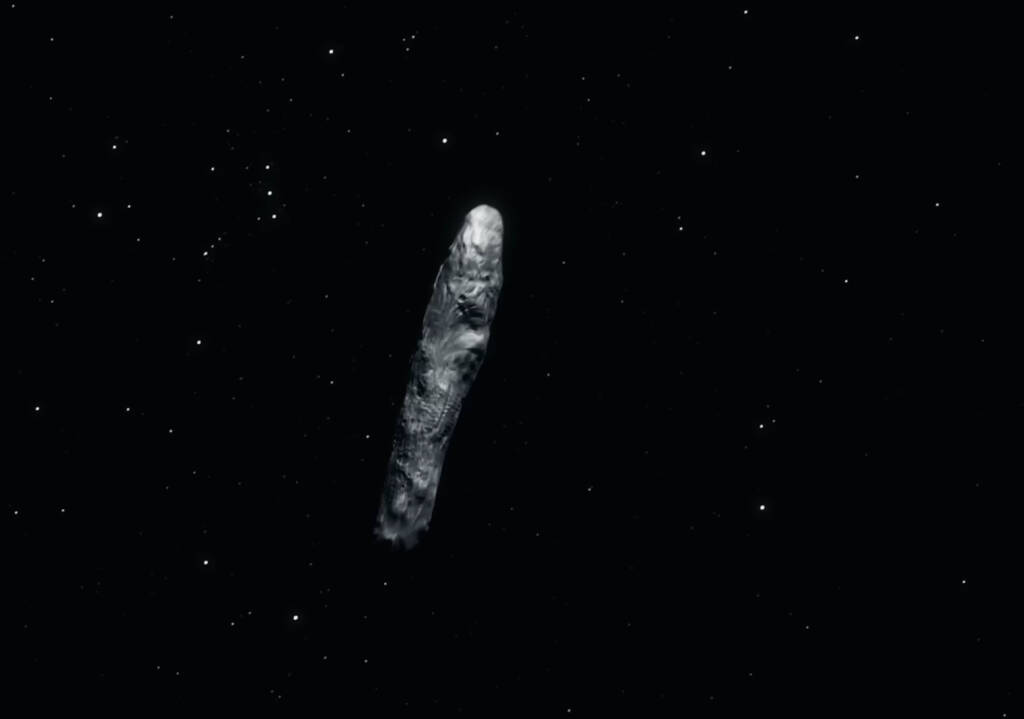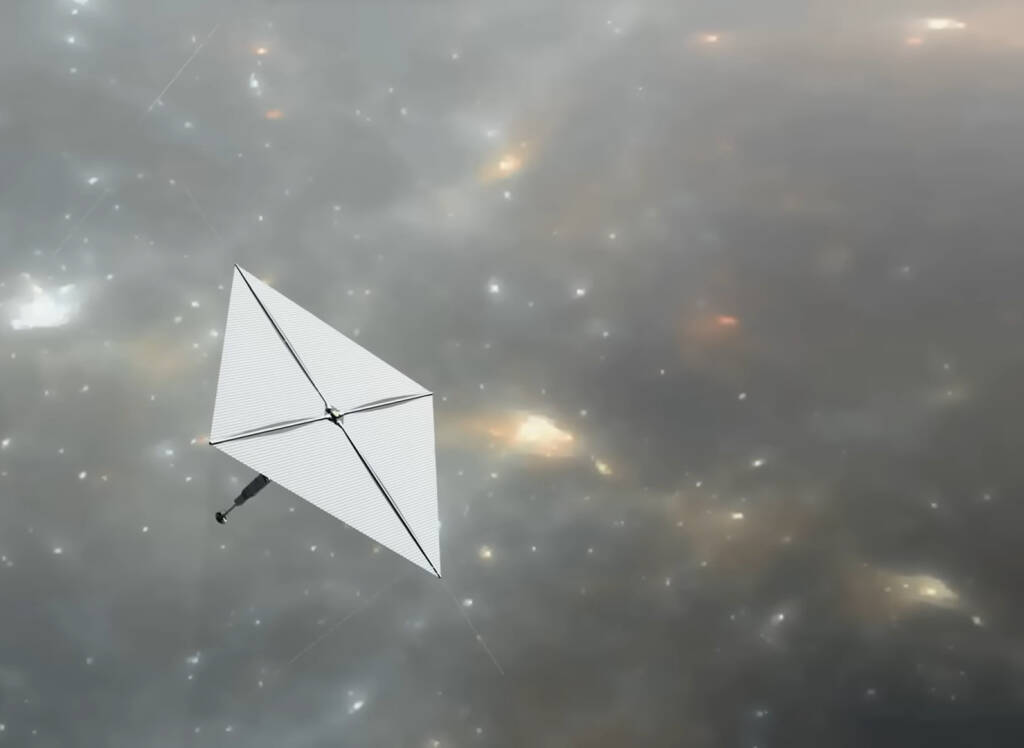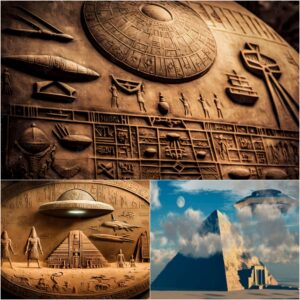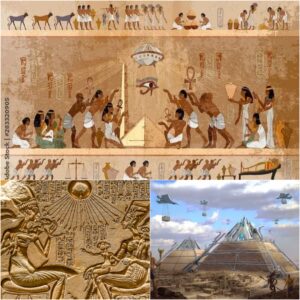
It was an uneventful day in October 2017 when Canadian astronomer Robert Weryk stumbled upon a remarkable discovery.
Utilizing data from the Pan-STARRS1 telescope at the University of Hawaii’s Haleakalā Observatory, Weryk observed an anomalous, elongated object racing through the solar system at a speed of 196,000 miles per hour.
What made this finding even more peculiar was its subtle acceleration, seemingly influenced by an unseen force that remains a mystery.
Its extraordinary trajectory led it to pass close to our Sun, prompting scientists to speculate that this celestial entity, later named ‘Oumuamua, meaning “scout” in Hawaiian, could be the first observed visitor from beyond our solar system.
Over the last three years, numerous attempts have been made to decipher the unprecedented characteristics of ‘Oumuamua. Theories ranged from it being a hydrogen iceberg to a space rock covered in an “organic sunshield.”
For Avi Loeb, an astrophysicist at Harvard University, the answer might be even more captivating.

His controversial hypothesis suggests that ‘Oumuamua could have been an extraterrestrial probe, a notion that sparked considerable media attention and, predictably, divided experts.
In his latest book, “Extraterrestrial: The First Sign of Intelligent Life Beyond Earth,” Loeb delves into his audacious theory, using ‘Oumuamua’s story as a foundation for a broader conversation:
The struggle for credibility within a scientific community that traditionally steered clear of discussions on the search for extraterrestrial intelligence.
In an interview with Futurism, Loeb argued that existing scientific explanations fell short of accounting for ‘Oumuamua’s many idiosyncrasies. He claimed the scientific community was “advocating for something we had never seen before.”
One example he highlighted was the “dust bunny” hypothesis, suggesting that ‘Oumuamua’s peculiar trajectory could be explained by an extremely low density.
However, Loeb dismissed this theory, stating, “I just don’t think something the size of a football field that is a dust bunny would survive a journey of millions of years through interstellar space.”
To Loeb, attempts to fit ‘Oumuamua into an existing scientific framework seemed inadequate.
“The case is that, on the one hand, you can’t say it’s natural,” Loeb argued, “and then, when you try to explain it with natural processes, you come up with something we had never seen before.”
And so, the discussion turned towards the extraterrestrial. Loeb’s theory suggests ‘Oumuamua might have been a solar sail sent from another stellar system.
In simple terms, a solar sail converts the pressure from solar radiation into propulsion. Earth scientists experimented with this concept in 2019 when the Planetary Society launched LightSail-2, a spacecraft propelled by a thin reflective polyester film.
For Loeb, a solar sail propelled by starlight could explain ‘Oumuamua’s unexpected acceleration.

Concluding that the interstellar visitor must be remarkably thin, perhaps “less than a millimeter thick,” if solid and not a dust bunny.
To Loeb, the solar sail conclusion followed logical steps, similar to detective Sherlock Holmes. “When you eliminate all other possibilities, whatever is left must be the truth.”
However, many astronomers in the field challenged Loeb’s conclusion, arguing in a 2019 study that there was “no compelling evidence to favor an extraterrestrial explanation” for ‘Oumuamua.
Weryk, who first discovered the object, dismissed Loeb’s hypothesis as “wild speculation,” stating that he believed ‘Oumuamua was a remnant from another solar system, a chance occurrence that crossed our path.
These refutations seem to have spurred Loeb’s investigations into the extraterrestrial origins of ‘Oumuamua and prompted him to make a passionate plea to the scientific community to take SETI (Search for Extraterrestrial Intelligence) research seriously.
For Loeb, it’s about approaching stargazing with an open mind.
“My guiding principle is modesty,” he told Futurism. “If we are not arrogant, if we are modest, we would say that life, as we have it, should be common.”
Loeb argued that the refusal to believe we are not alone in the universe creates a self-fulfilling vicious circle.
“When you put on blinders, you’re not looking for anyone else, you might think you’re special,” he said.

“The only way to break that taboo, to break that mindset, is to find evidence for others,” Loeb argued. “But if you don’t look, you’ll never find it,” closing the loop.
Unfortunately, the lack of funding for SETI research dissuades “young people from entering this field,” according to Loeb.
Thus, the search for life beyond Earth must persist, and Loeb has numerous ideas on how to do so.
One of his most ambitious endeavors is the Breakthrough Starshot project, a proof-of-concept interstellar probe initiative by Breakthrough Initiatives. The project aims to send a fleet of small light sails called Starchips to Alpha Centauri, the nearest stellar system, just over four light-years away.
While the distances involved are immense, the project is exploring the possibility of propelling these spacecraft with an extremely powerful Earth-based laser to provide sufficient acceleration.
It’s an effort fraught with almost insurmountable challenges. Loeb is uncertain whether the Starshot project will materialize in his lifetime, and Breakthrough Initiatives estimates that the mission could take 20 years to reach Alpha Centauri after launch.
“But I think we have to do it as a civilization,” Loeb told Futurism.
“We have to go in that direction and consider how to visit other stars because currently, all our eggs are in one basket here on Earth, and we cannot ignore the risk of a catastrophe.”





